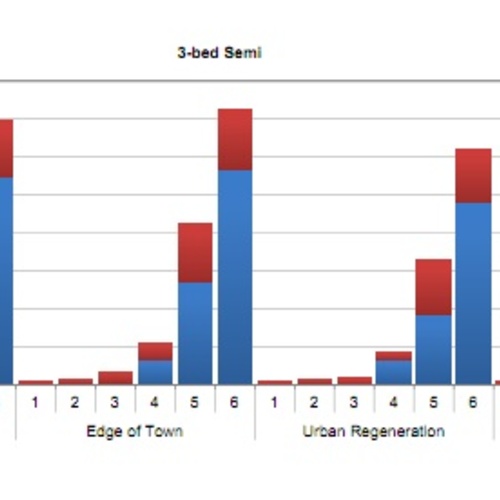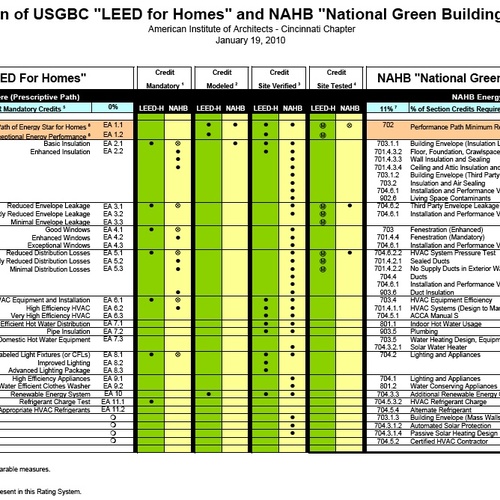
Image Credit: www.chrishuhne.org.uk
On September 21, when the U.K. government announced its “Green Deal” financing and investment program aimed at creating 250,000 jobs while improving the energy efficiency of housing and small-business facilities, it also opened the door to serious discussions about the building science needed to achieve the country’s zero-carbon goals.
One performance standard being taken very seriously in these discussions: the Passivhaus standard.
Making Passivhaus the norm rather than the exception
In a keynote address last Monday to attendees at the UK Passivhaus Conference – the first such conference in the nation – the U.K.’s Secretary of State for Energy and Climate Change, Chris Huhne, said that the application of the Passivhaus standard to contemporary construction “represents a watershed moment in our relationship with the built environment.” He added that he “would like to see every new home in the U.K. reach the Passivhaus standard” as the country strives to bring all new homes built after 2016 to the zero-carbon performance standard mandated by Britain’s Climate Change Act, which became law in 2008.
The UK Passivhaus Conference was sponsored by Cutting the Carbon, a London-based consultancy specializing in helping businesses and public institutions manage transitions to clean energy and greater energy efficiency. With building performance a huge factor in U.K. energy consumption – home energy accounts for about 27% of overall energy use – Cutting the Carbon, like Huhne and many others trying to guide new construction and retrofits to superior performance, cites the Passivhaus standard as fundamentally important to solving the zero-carbon equation.
“The Passivhaus standard can be used to scope retrofit work as well as new build, which is critical in the U.K., where 90% of the building stock will still be in place in 2050,” the group declared in an overview of conference talking points. “It is simply not possible to reach zero carbon homes by 2016, as the U.K. government, has mandated without reference to the work of the Passivhaus Institute in Germany over the last 20 years.”
Managing the cost burden
Like most governments trying to ramp up energy efficiency, the U.K. government has been trying to address the upfront costs that high-performance standards entail for both new construction and, particularly, retrofits.
“The biggest challenge we face in retrofitting is not just getting householders on board, but having a credible answer when the going gets tough – when cost or inconvenience is a real barrier to improvement,” said Huhne, who noted that he, along with other members of Parliament, plan to soon introduce an energy bill with the Green Deal as its financing provision. The Green Deal program calls for private companies to provide loans to building owners, who would pay down the debt through savings on energy bills. As noted in a story recently published by the Daily Telegraph, at least two large companies – home-improvement and gardening retailer B&Q and Scottish & Southern Energy, one of the country’s largest utilities – said they are eager to participate in the program. Over the next 20 years, Green Deal creators say, the program also will create 250,000 jobs.
Improvements eligible for Green Deal financing, Huhne added, “will be focused on the building fabric, and will have to be installed to the highest standard using only accredited products and materials that meet strict performance and safety criteria. Passivhaus has already overcome many of these hurdles.”
Weekly Newsletter
Get building science and energy efficiency advice, plus special offers, in your inbox.















One Comment
Britain Passivhaus
Well I'm glad that a country with a median temperature of 60 degrees in the summer you can survive living in a styrofoam igloo. Whoop-de-doo.
Log in or create an account to post a comment.
Sign up Log in